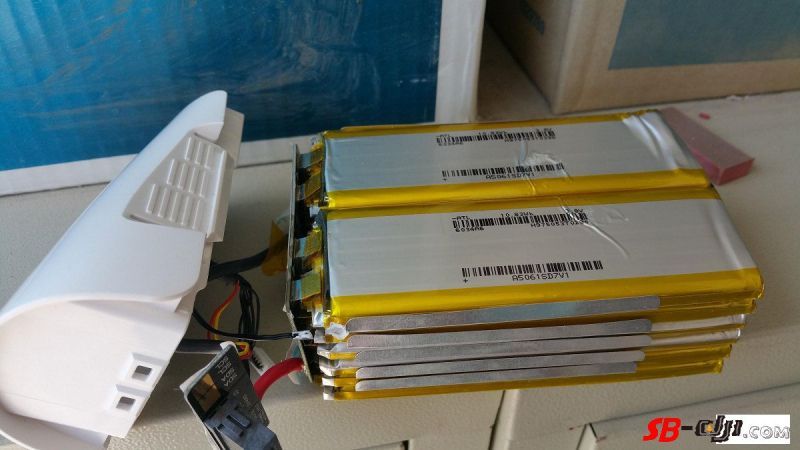Thank you for the valued comments. Seeing yellow is bad enough but seeing red “cells” is very bad. Please be careful! There will be hysteresis build in but red have to be very close to disconnect; your charge-up rate for cold weather should take to the account the extra battery cost that you definitely will incur.
FYI – the profiles that I published are for 6800 mAh battery cell but the 1100 mAh lesser capacity (6800 - 5700 mAh = 1100 mAh) would only marginally change the profiles and in absence of having the actual DJI profiles they are good for the explonation.
There is another way to explain: the temp profile applicable to the idling I1 current drain will be close to the C/2 (5700mAh/2 = ~2.85 A) and as soon you pull the power slowly at least 1C current will be drained (5700mAh/1= 5.7 A) and the Vol will drop to the lower level represented by the -30degC profile. The moment you will do sharp/quick manoeuvre a 2C (2x5700mAh = 11.4 A) will be drained for the duration of the manoeuver (red flashing) and the Vol will drop to the lower level represented by the -40degC profile > and if you keep it for long enough the battery cell or battery pack (or both) protection will activate …. So, be careful over your Scottish winter. DJI should really issue a white paper with all proper points that they must have as all of the above “is elementary” and was/is part of their battery pack design work. BTW I would NOT use the TB47 (4500mAh) battery in a cold temp environment.
Quality work there Waldermar54. Are there 6800 packs available? My issue is I have to fly to where I will be going and am limited to the 4500 packs unless I freight the bigger ones in advance which is possible but just another factor to go wrong!





